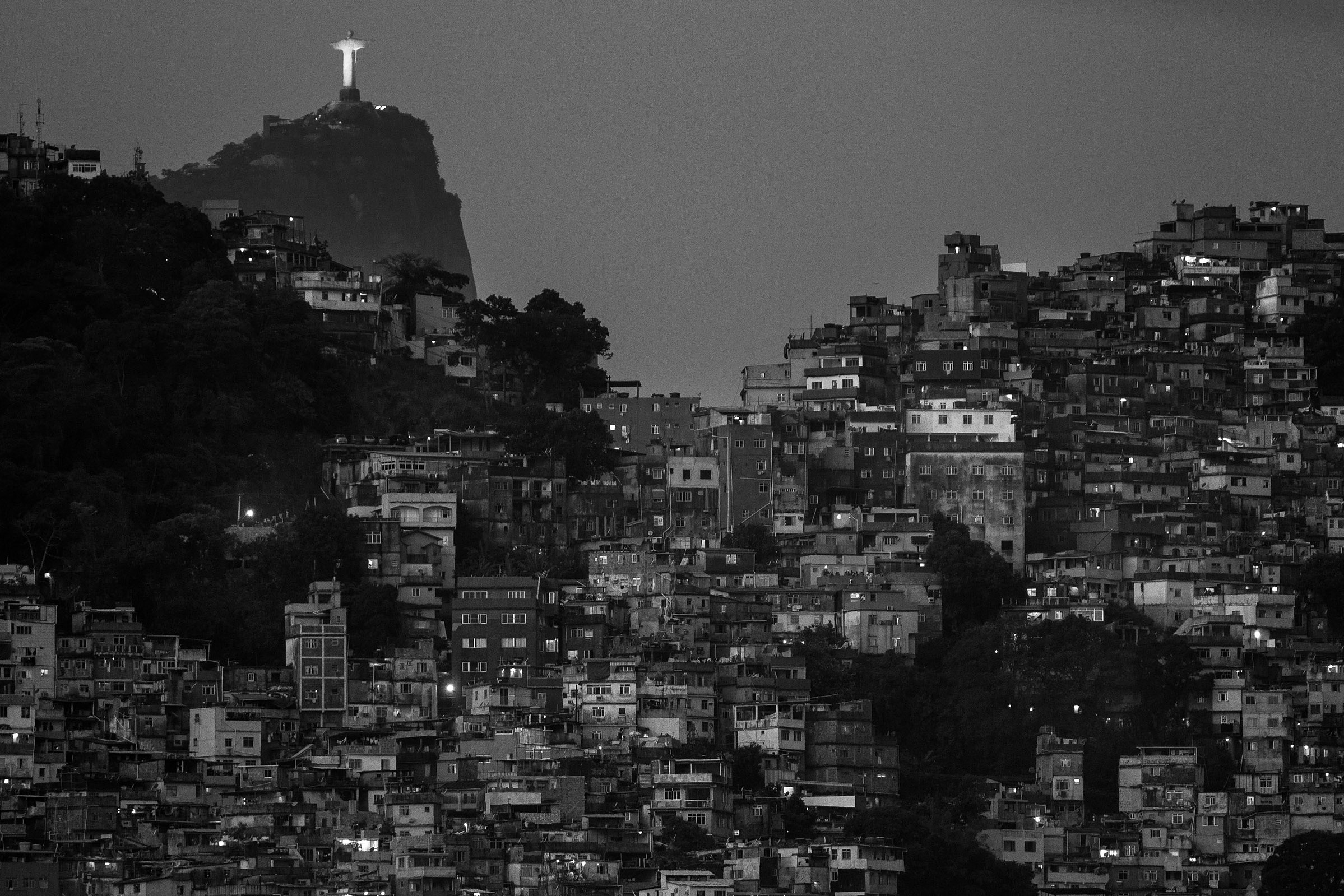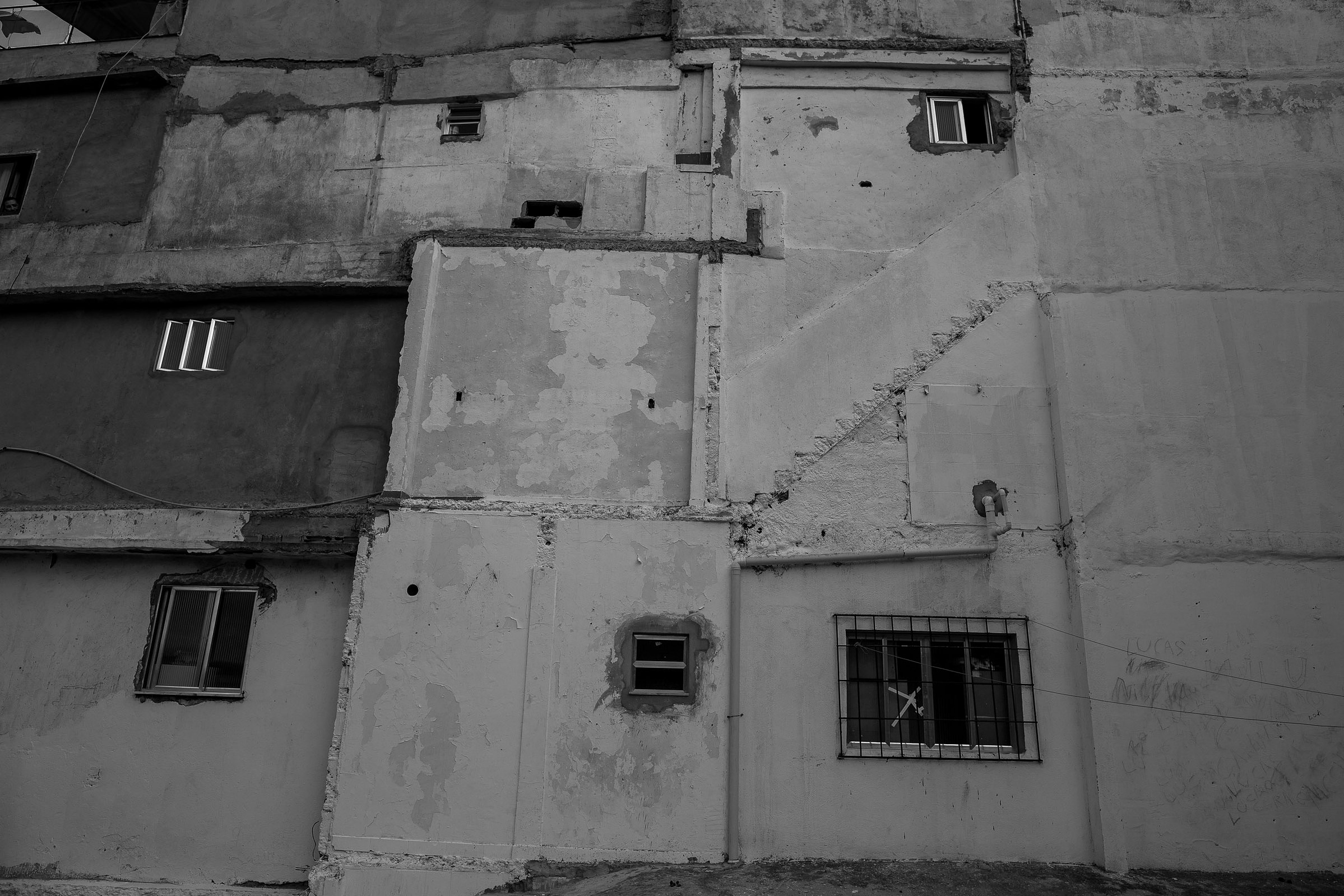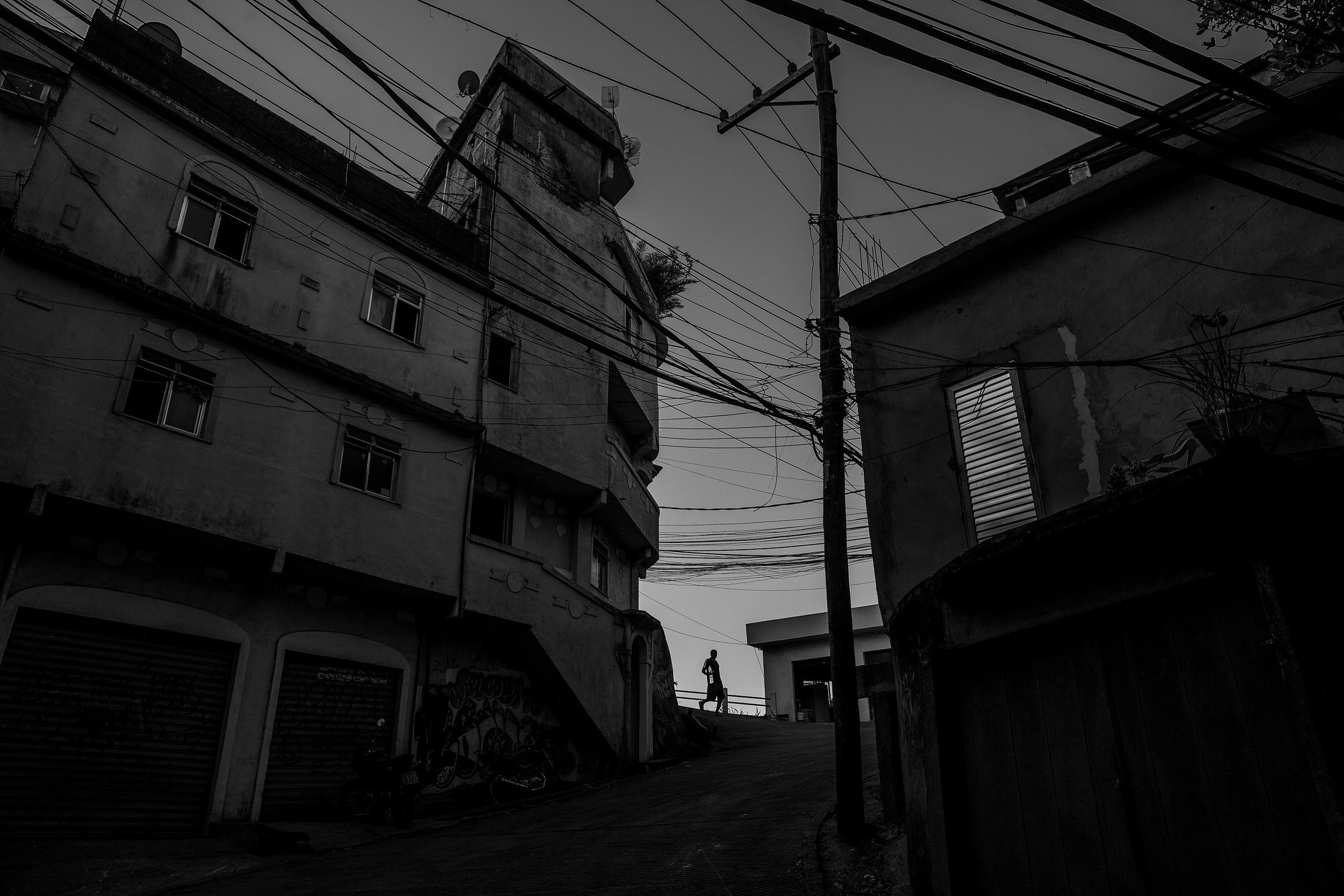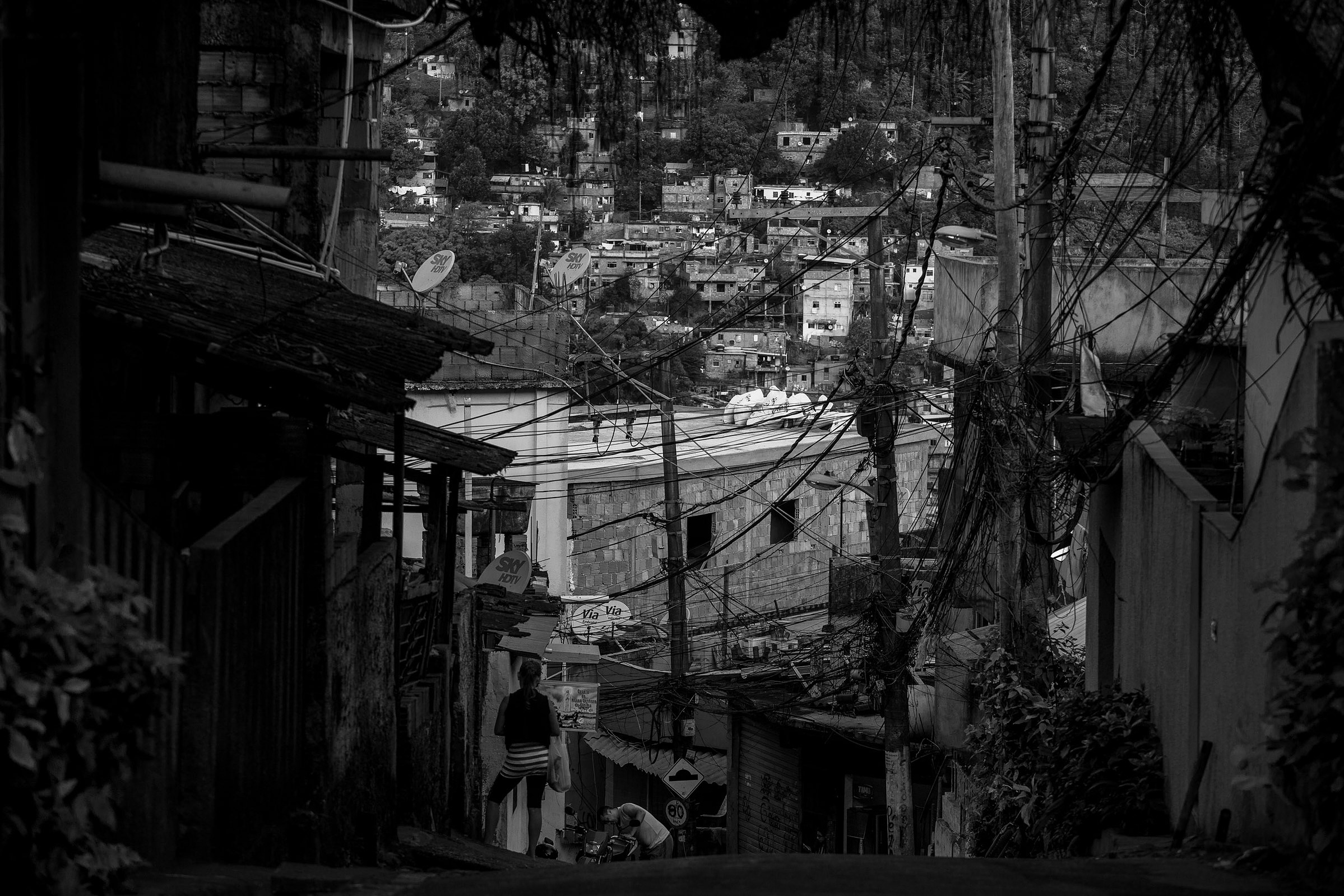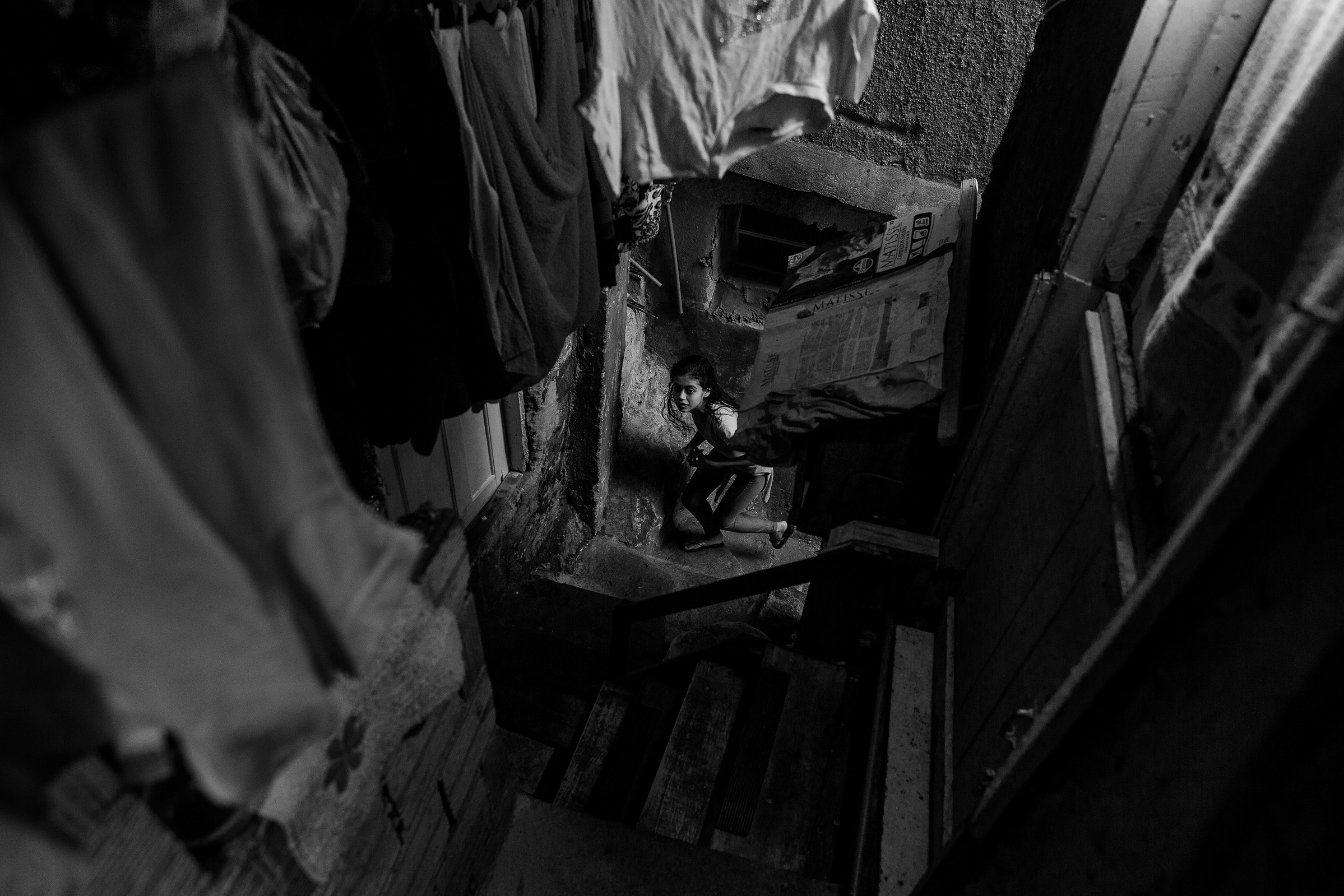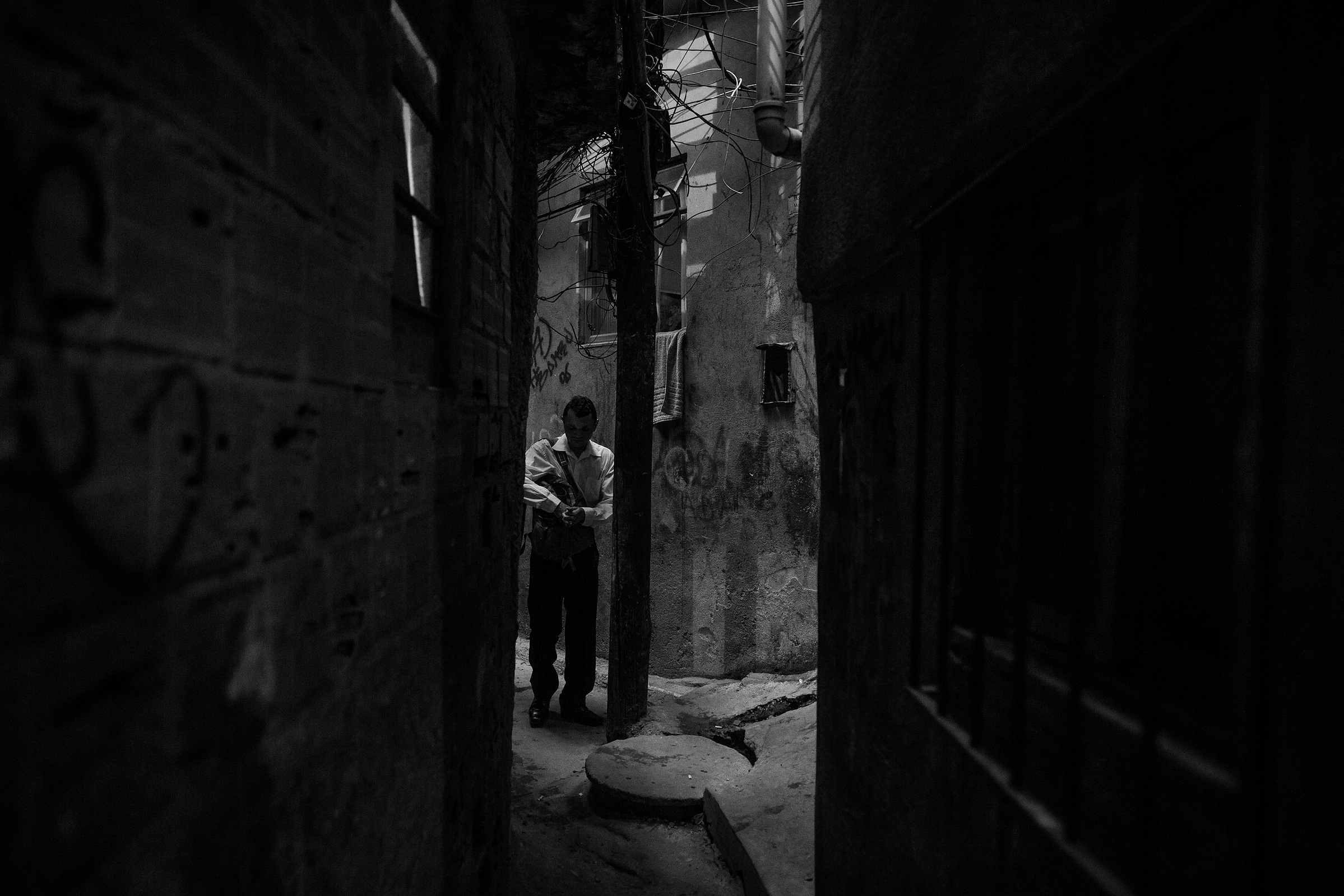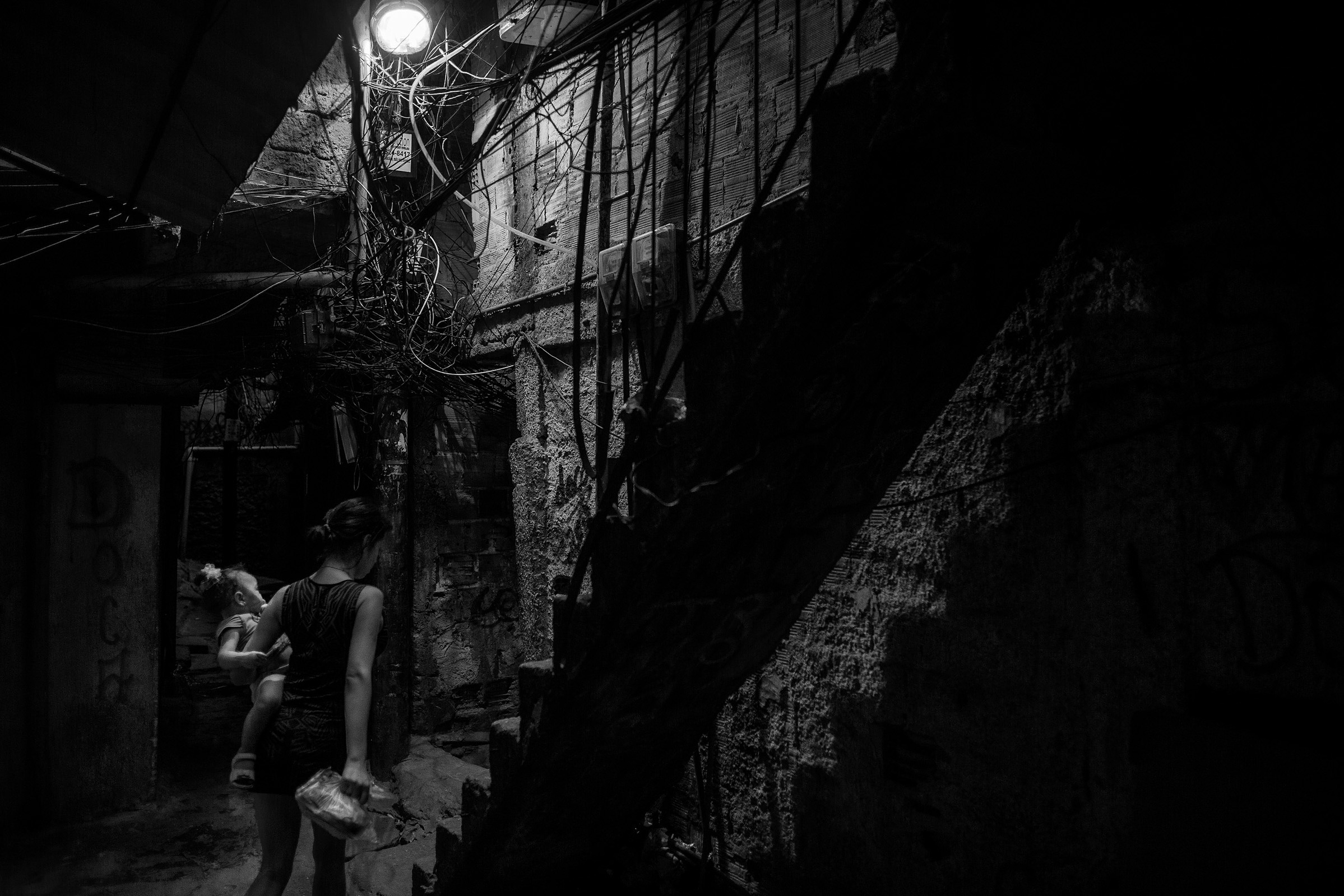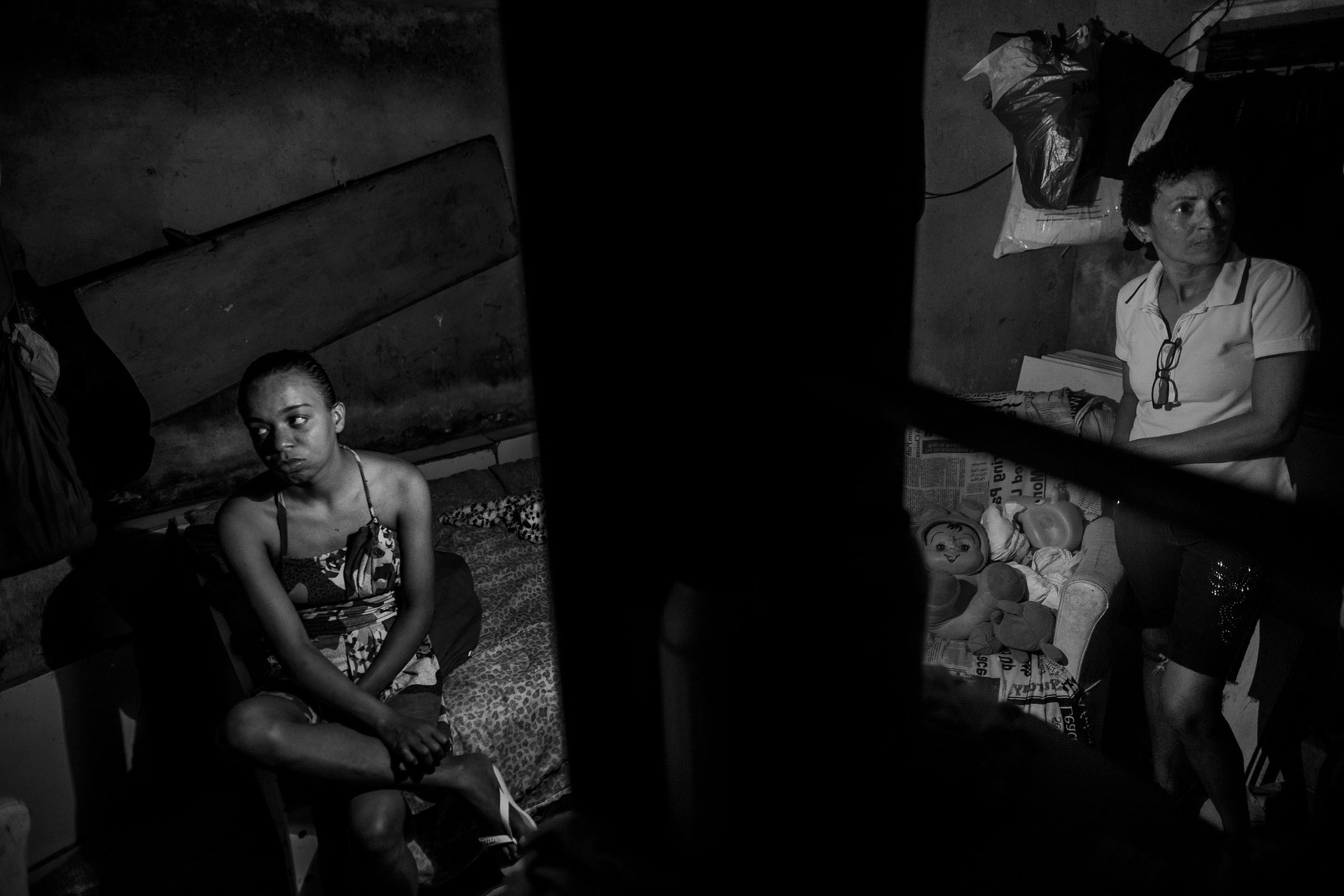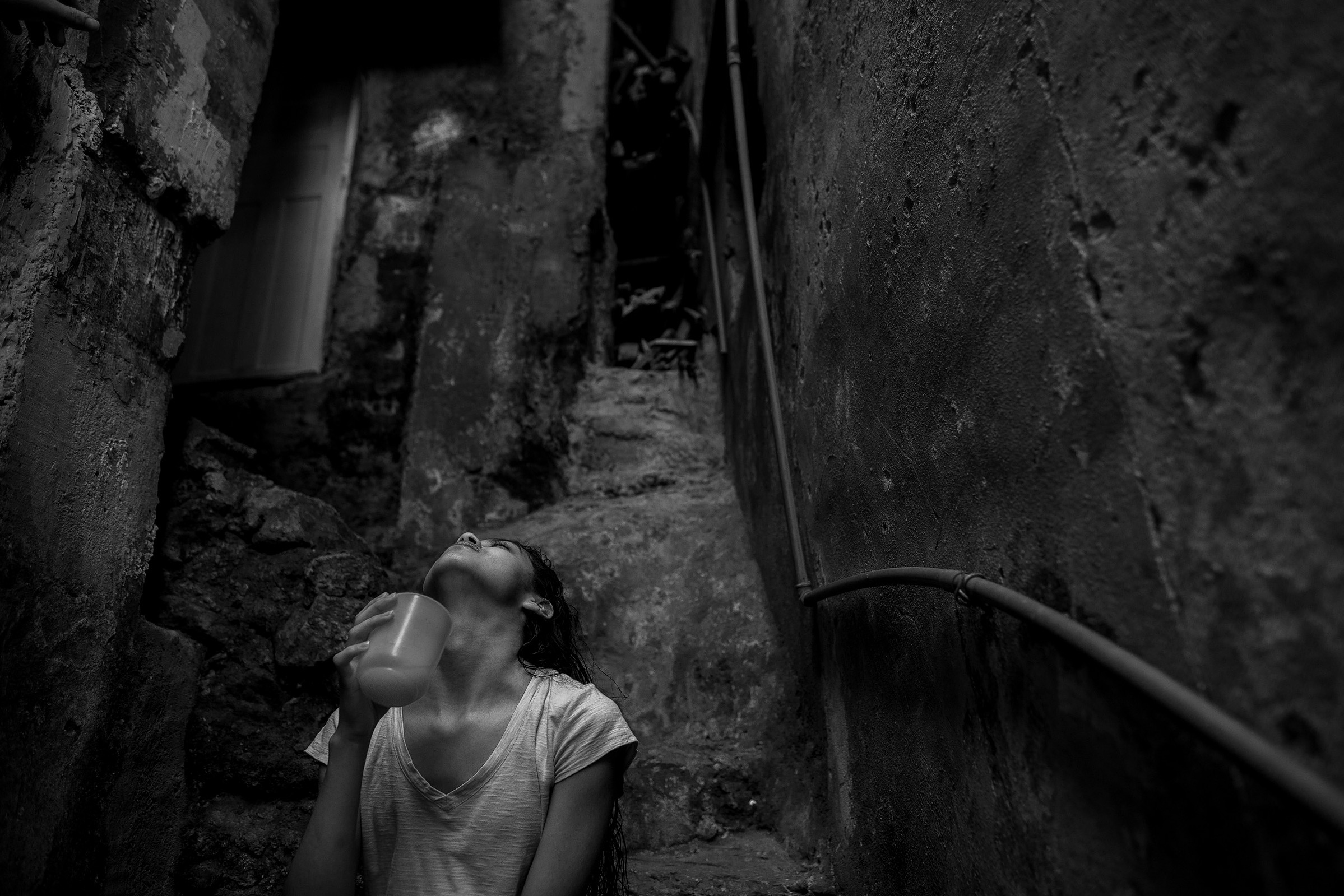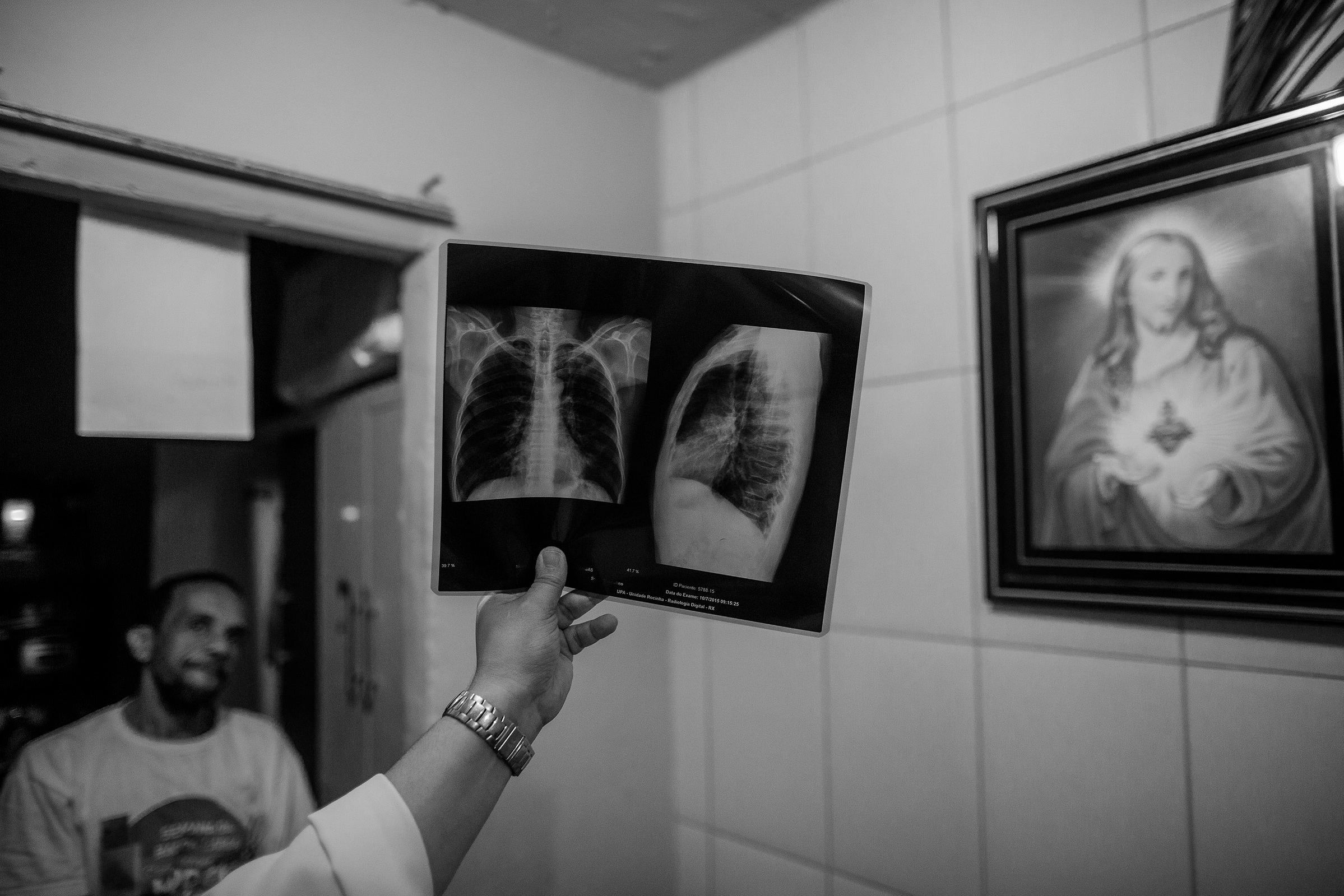Brazil, along with the other BRICS, is part of a group of 22 countries responsible for concentrating about 80% of the Tuberculosis cases in the world. In the national scenario, the State of Rio de Janeiro has the highest number of people infected with the disease in absolute numbers with about 70 cases. The Rocinha favela has the highest national tuberculosis index per 100,000 inhabitants. According to the 2013 census, 372 cases were found on the spot with a cure rate close to 80%. The community presents about 300 new cases each year. The great concentration of cases of Tuberculosis in Rocinha occurs, among other factors, by the geographical disposition of the houses that were erected in an overlapping and vertical form. Narrow alleys are the main means of passage of the residents.
According to official data from the Ministry of Health, in 2014, 57.5% of TB cases in the country occurred in the black population. Tuberculosis has social roots that determine the conditions for its development in certain spaces. Alcoholism, malnutrition, poverty, poor hygiene and basic sanitation among other factors drive the spread of the disease.
At certain points in the community, with a great population density and low sunlight, lamps are on 24h. Lack of sunlight and high humidity are two of the main factors that spread the disease. Bacteria expelled during coughing, sneezing or speaking are resistant and can survive scattered in the air for hours if they do not come in contact with sunlight. Today, multidrug-resistant tuberculosis (MDR-TB) treatment is done over two years, with up to 20 different pills per day and about eight months of daily injections. Patients are subjected to painful side effects, ranging from permanent deafness and persistent nausea to psychosis.
